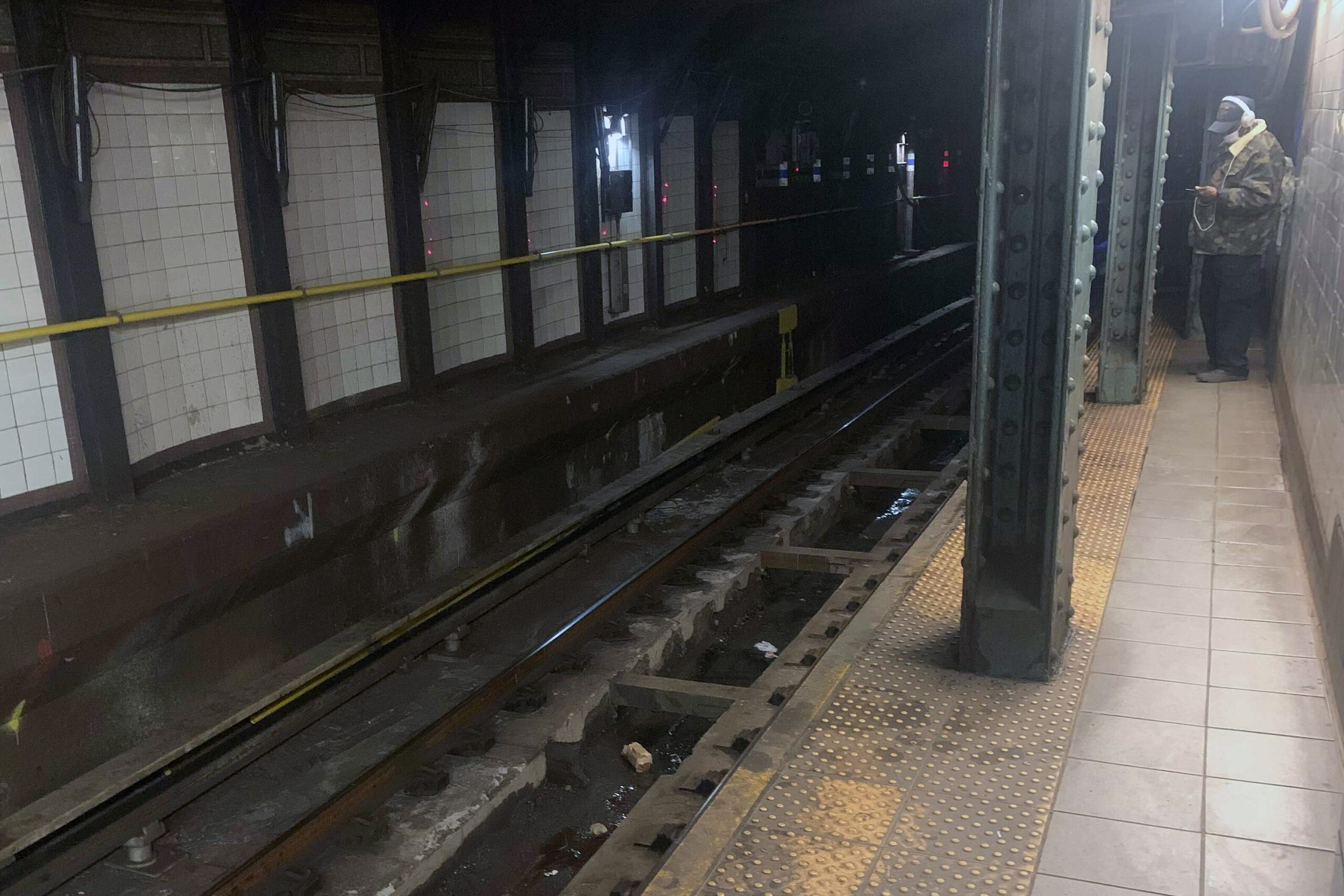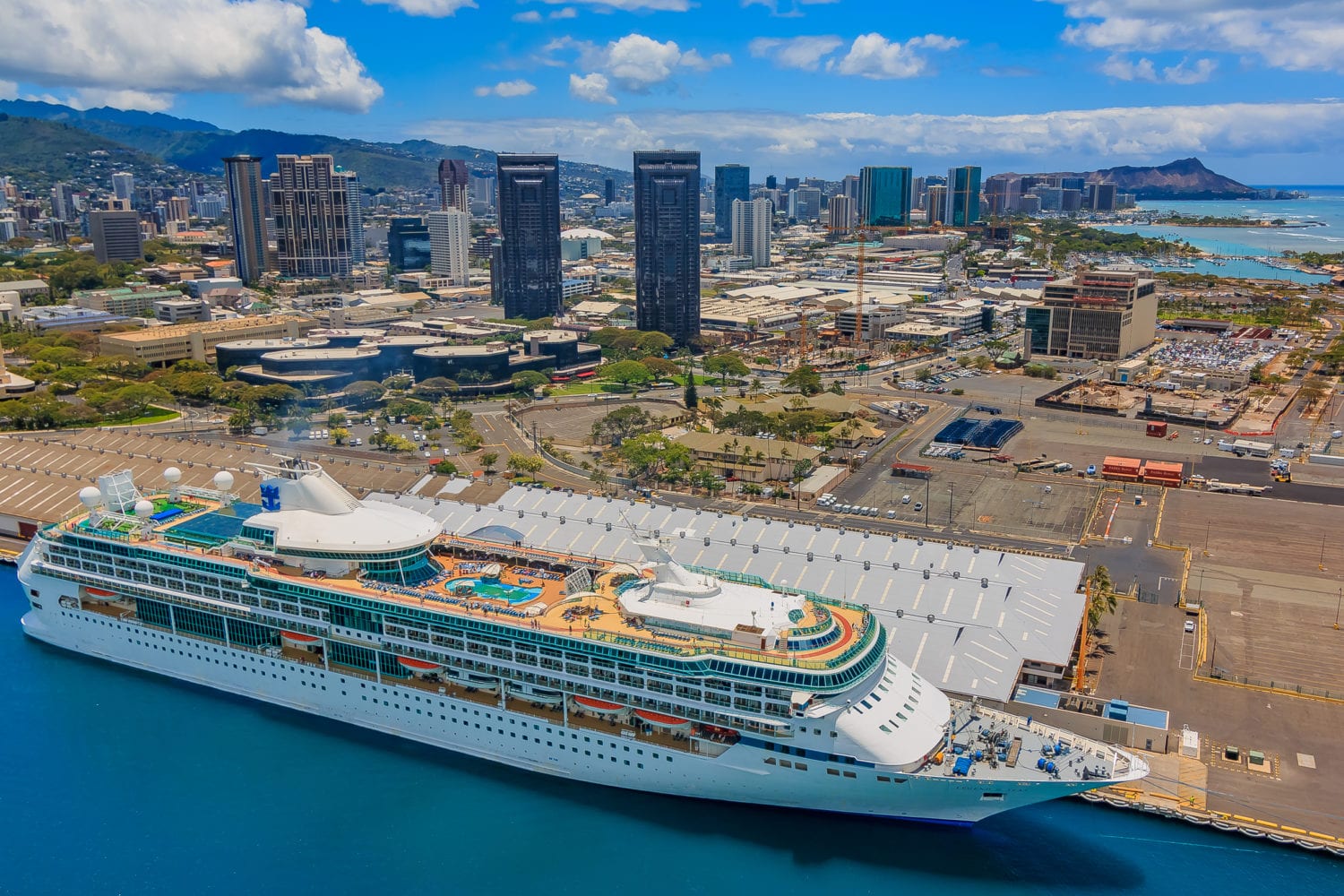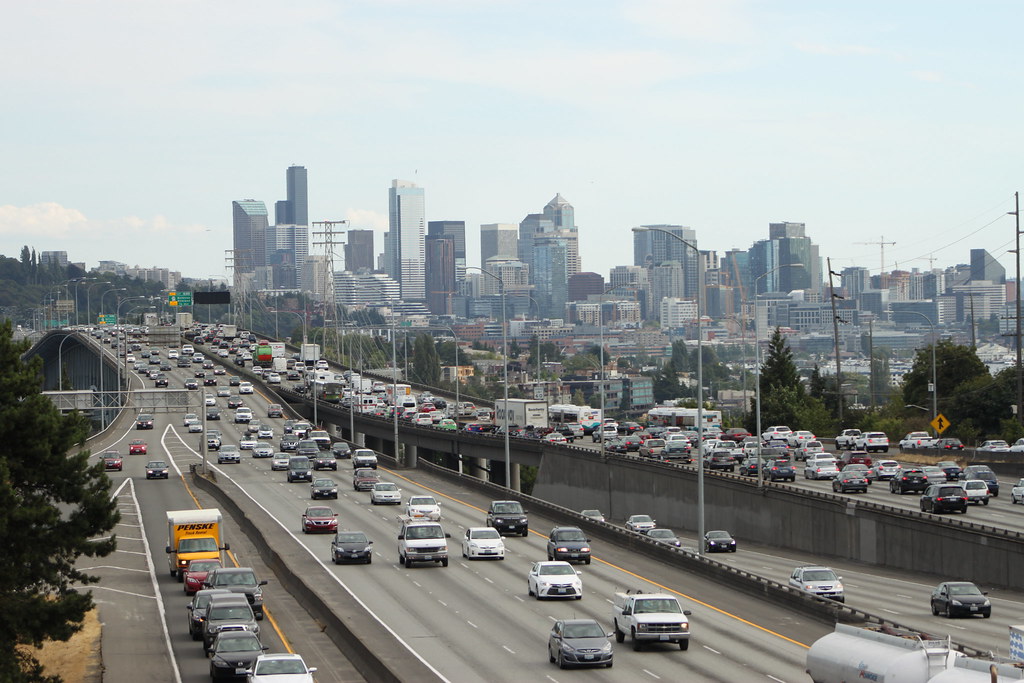There’s a Spike of People on NYC’s Subway Tracks. It’s Leading to Deadly Accidents.

Dealing with a 20% surge in the number of people on subway tracks since 2019, train operators say they have become even more aware of the potential for tragedy along certain stretches that are hotspots for activity.
The West 4th Street, Times Square-42nd Street and 125th Street stations along the Lexington Avenue line last year had the highest number of what the MTA calls “track intrusion” incidents, according to figures provided to THE CITY.
“Definitely at 125th and Lexington — I’ve seen that,” subway train operator Robert Taylor, 41, told THE CITY. “They’ll be in the little alcoves at the north or south end of the station.”
Incidents are officially assigned to the nearest stop, even if they take place in the tunnels between stations.
In 2021, the 125th Street station on the 4/5/6 lines had 22 track trespassing incidents, according to MTA data, behind only Times Square-42nd Street, which had 25, and West 4th Street, which had the most with 29.
In all, the MTA said there were 1,267 reported track intrusions last year — up from 1,062 in 2019 and 1,094 in 2020. And among the 10 stations with the highest number of people on the tracks, only Atlantic Avenue-Barclays Center in Brooklyn and Jackson Heights-Roosevelt Avenue/74th Street in Queens are outside of Manhattan.
Of the reported incidents last year, 200 resulted in collisions and 68 of those were fatal, the MTA said.
“A lot of people run from police on the tracks, people are impatient about wanting to get to the next station and they’ll walk on the tracks,” said Rodney Jeffries, 52, a train operator for more than 20 years. “They dangle their legs over the platform, they walk over the tracks from one platform to the other, it’s crazy.”
And then there are the New Yorkers who have taken to longer stays underground.
As part of a “Track Trespassing Task Force” report, MTA officials in February revealed 29 encampments were found in subway tunnels that some New Yorkers have turned to for shelter.
In March, the subway had 18 major incidents — in which 50 or more trains were delayed — because of people on the tracks, agency figures show, the highest monthly number since late 2018.
Traumatic Experiences
Taylor, the operator who has been on leave since someone jumped to their death in front of his train at the Bowling Green station on Christmas Day, said it was the first time in his 11 years at the MTA that he had been involved in a fatality on the tracks.
Police identified the victim as a 29-year-old woman.
“It’s just a shock that it happened,” Taylor said.
This month, the MTA has repeatedly flagged service disruptions caused by people on the tracks at some of the 10 stations that last year had the highest number of intrusions.
On April 12, the NYPD charged a 34-year-old Brooklyn man with criminal trespass after he went on to the tracks at the West 4th Street station, causing extensive delays and reroutes on multiple subway lines.
“You’re trained to observe these things,” Taylor said. “That’s what they want you to do.”
Patrick Warren, the MTA’s chief safety officer, this week said the majority of track intrusions are “due to voluntary trespass” and that the numbers are “still well above the intrusions that we saw in 2021.”
“So there’s more work to do there,” Warren said.
MTA officials said they expect track trespassing numbers to drop in the coming months as a result of the so-called Subway Safety Plan in which Mayor Eric Adams increased police presence to curb homelessness in stations.
But transit workers, people who shelter in the subway and riders say the track trespassing totals reflect problems that exist well beyond the transit system.
“The 2/3 has been plagued with people on hard times,” said a veteran train operator who did not want to be identified by name, describing the section of that line north of the Central Park North-110th Street stop. “The mentally ill, homeless, drug addicted — it’s sad, really. These people need help.”
The 135th Street stop along the 2/3 lines had 14 reported track intrusions in 2021, MTA data shows — the 10th most in the subway.
Jonathan Johnson, who shelters in the West 4th Street station, said he’s seen people go on to the tracks at the sprawling two-level hub “several times.”
“It’s the population, the psychosis, the guys that aged out of institutions and have no place to go,” Johnson, 51, told THE CITY. “There are a few individuals that actually sit and wait and they have to be saved from time to time when they go on the tracks.”
One Too Many
A deadly evening-rush encounter Wednesday between a train and a man on the tracks at a Manhattan station was among the latest episodes where track intrusions have disrupted service.
Police said the 38-year-old man was fatally struck by a No. 5 train express on the tracks just south of the Spring Street station.
Service between Grand Central-42nd Street and Brooklyn Bridge was suspended for more than an hour, the MTA said, with nearly hundreds of riders on the train that hit the man left without power and air conditioning and another train stuck south of the Brooklyn Bridge stop.
“People inside my train were collectively confused as to what was taking place, but also seemed to be decently calm about it, as there wasn’t too much we could do about the situation,” said Sung Min Kim, 31, who was stuck on a No. 4 train on his way to a Yankees game.
MTA Chairperson and CEO Janno Lieber went to the scene and crossed the local tracks to get on the express train that struck the man.
“When he heard a person who was somehow on the tracks had been tragically killed and hundreds of riders were stuck on trains without power, he raced to the scene,” said Tim Minton, an MTA spokesperson. “The head of the MTA went car to car personally providing information, comfort and apologies, staying until power was restored, then riding with them until everyone could get off.”
MTA figures show that particular section of the Lexington Avenue line — which includes stops at Bleecker Street, Canal Street and Spring Street — had 16 intrusions last year and four so far in 2022. Wednesday was the first death, according to the MTA.
Lieber has said people are going onto the tracks at rates that are “really unacceptable” and in February, the MTA committed to testing protective platform doors at three stations after years of saying the protective barriers were too pricey and difficult to install.
The pledge to test the barriers came shortly after Michelle Go was fatally pushed in front of an R train in January at Times Square-42nd Street.
Kim, a graduate student at NYU, said he’s long been baffled at the lack of barriers to keep people off the subway tracks when compared to stations in his native South Korea.
“When it comes to the number of people going onto the tracks, more than zero is too many,” he said.
This article was originally posted on There’s a Spike of People on NYC’s Subway Tracks. It’s Leading to Deadly Accidents.



